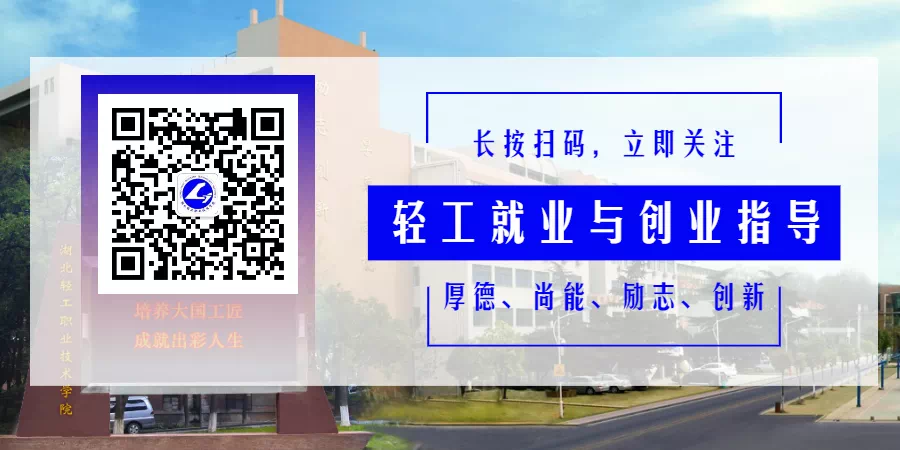雷竞技网址新闻
更多- 教学科研
- 学工活动
- 实习实训
-
职教活动周|雷竞技成功开展光电会企业互动体验活动
(雷竞技 杜康讯)为响应《教育部等十部门关于办好2024年职业教育活动周的通知》的要求和省教育厅有关工作提示,雷竞技开展“学生与企业面对面”活动,组织了130多名新生于5月16日...
- 雷竞技成功组织1+X大数据平台运维职业技能等级证书(中级)考试 12-11
- 企业奖学促成才,校企携手向未来 ——第三届“金信润天”企业奖学... 06-05
- 雷竞技举办第十五届职业技能大赛颁奖典礼 06-04
- 雷竞技学子获第三届湖北省大学生信创大赛(高职组) 决赛多项奖项 05-28
- 职教活动周|“软帝杯”第十五届电子信息职业技能大赛—软件测试赛... 05-27
- 职教活动周|“光迅杯”第十五届电子信息职业技能大赛成功举办 05-24
- 职教活动周|云计算技术教研室成功举办“网络建设与安全”竞赛 05-24
- 雷竞技学子获得第十五届蓝桥杯AI办公赛项二等奖 05-10
- 雷竞技学子在第十五届“蓝桥杯”个人赛省赛中喜获佳绩 05-06
-
雷竞技党总支召开2024年度组织生活会
为进一步学习贯彻习近平新时代中国特色社会主义思想和党的二十届三中全会精神,提高党员教师的政治素质和业务能力,雷竞技教工支部于1月9日在A506召开2024年度组织生活会。会议由支部副书记赵欣主持,全体 ...
- 雷竞技元旦晚会圆满落幕 12-31
- 雷竞技开展心理月观影活动 12-24
- 雷竞技在我校第二届大学生职业规划大赛中荣获两项二等奖 12-13
- “心”守护,共成长——雷竞技开展2024级心理委员工作培训 12-12
- 雷竞技组织开展“法制宣传”和“禁毒防艾”主题班会教育活动 12-10
- 筑梦青春志在四方 规划启航职引未来 12-10
- 雷竞技新发展团员第一次会议顺利召开 12-06
- 雷竞技开展联合查寝活动 12-03
- 雷竞技召开全体辅导员班主任安全工作专题会议 11-27
-
雷竞技24级大数据技术专业学生赴中国电子华中数字经济产业园开 ...
(雷竞技 董慧慧讯)2024年12月30日,雷竞技24级大数据技术班级的学生们在大数据教研室教师董慧慧、吴铃两位老师组织下,奔赴中国电子华中数字经济产业园,开展了一次丰富多彩的认识实习活动...
- 雷竞技24级软件技术专业学生赴武汉数字人才实训基地开展认识实习 01-03
- 雷竞技24级云计算教研室学生赴国家网络安全基地开展认知实习 01-02
- 雷竞技举办专场招聘会 06-27
- 新华三售前工程师岗位定向培养集训班成功举办 06-24
- 雷竞技赴光谷开展专业调研 01-29
- 23级云计算技术应用专业开展认知实习活动 01-16
- 产教融合,共创未来:探索人才培养新模式---雷竞技走访... 12-05
- 雷竞技2022年“种子计划”ICT人才双选会圆满成功 05-22
- 前路漫漫亦灿灿 | 2021年雷竞技IT类专业人才专场招聘会... 06-24










